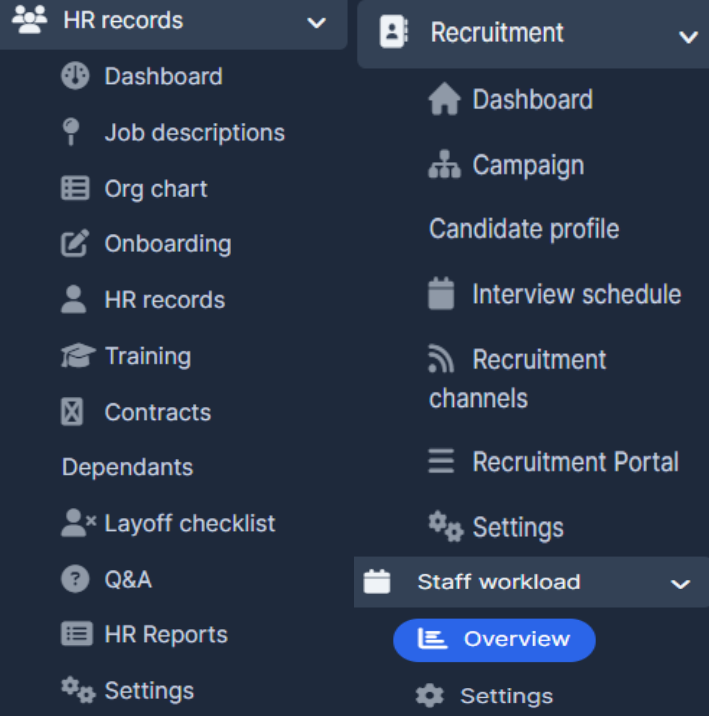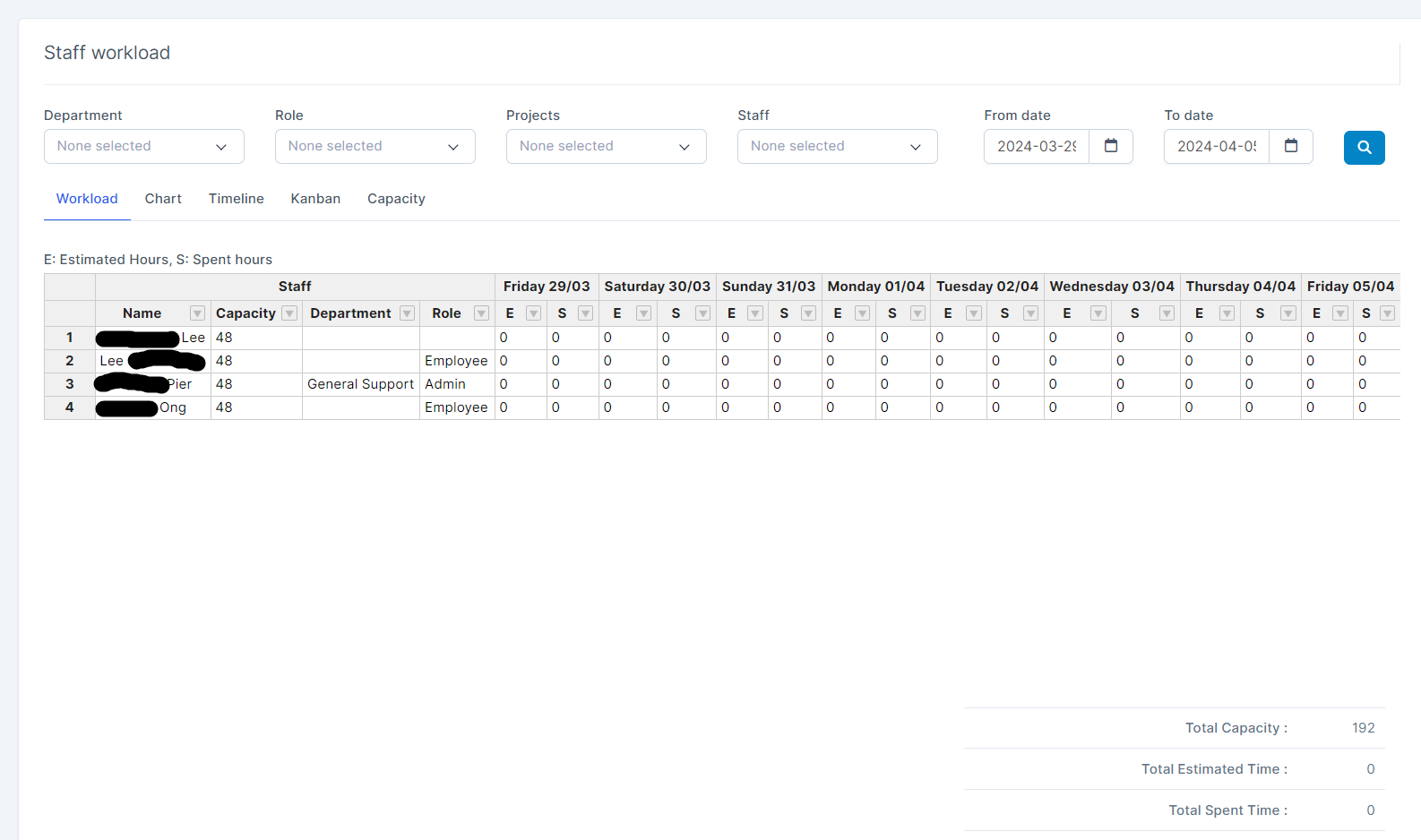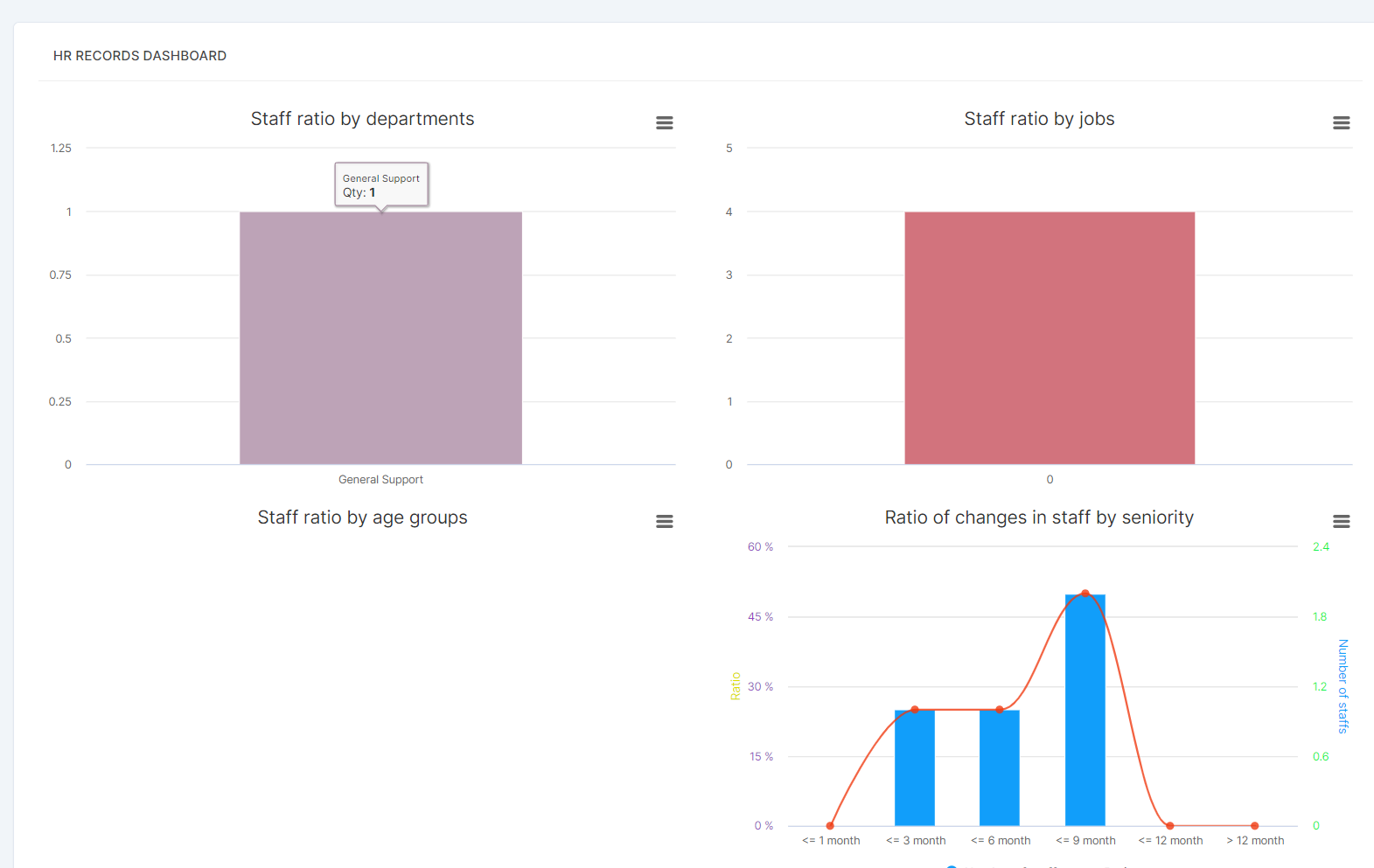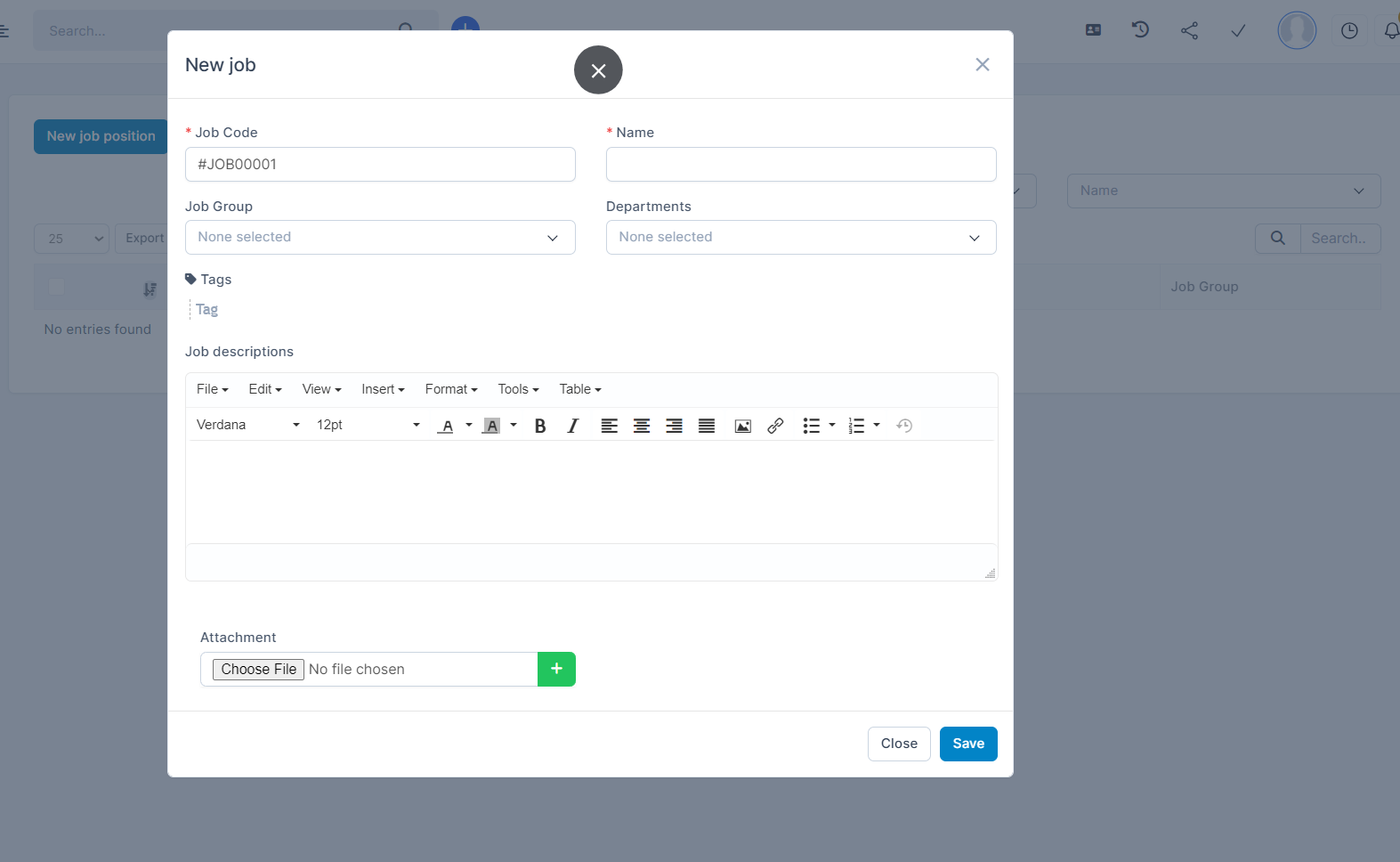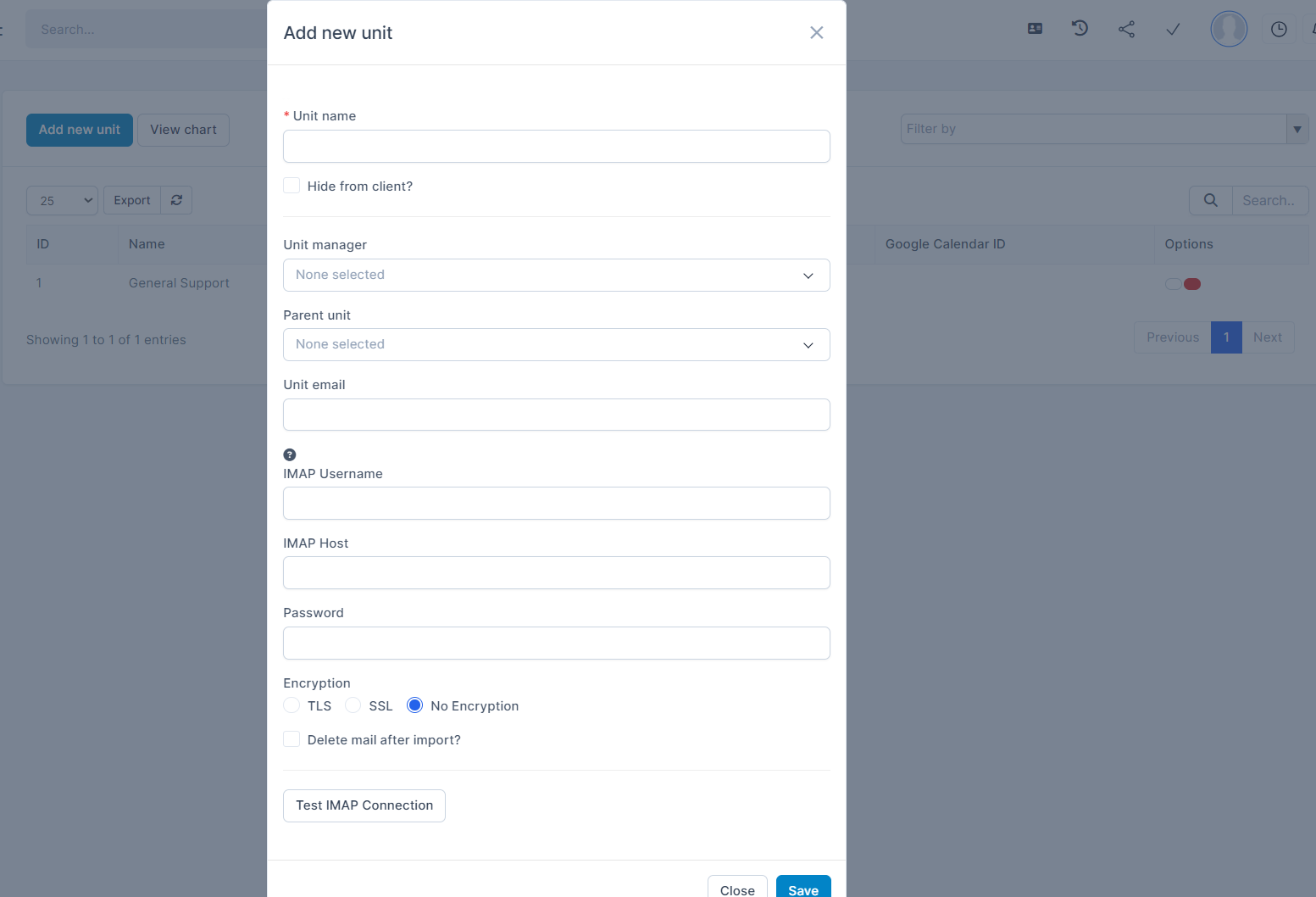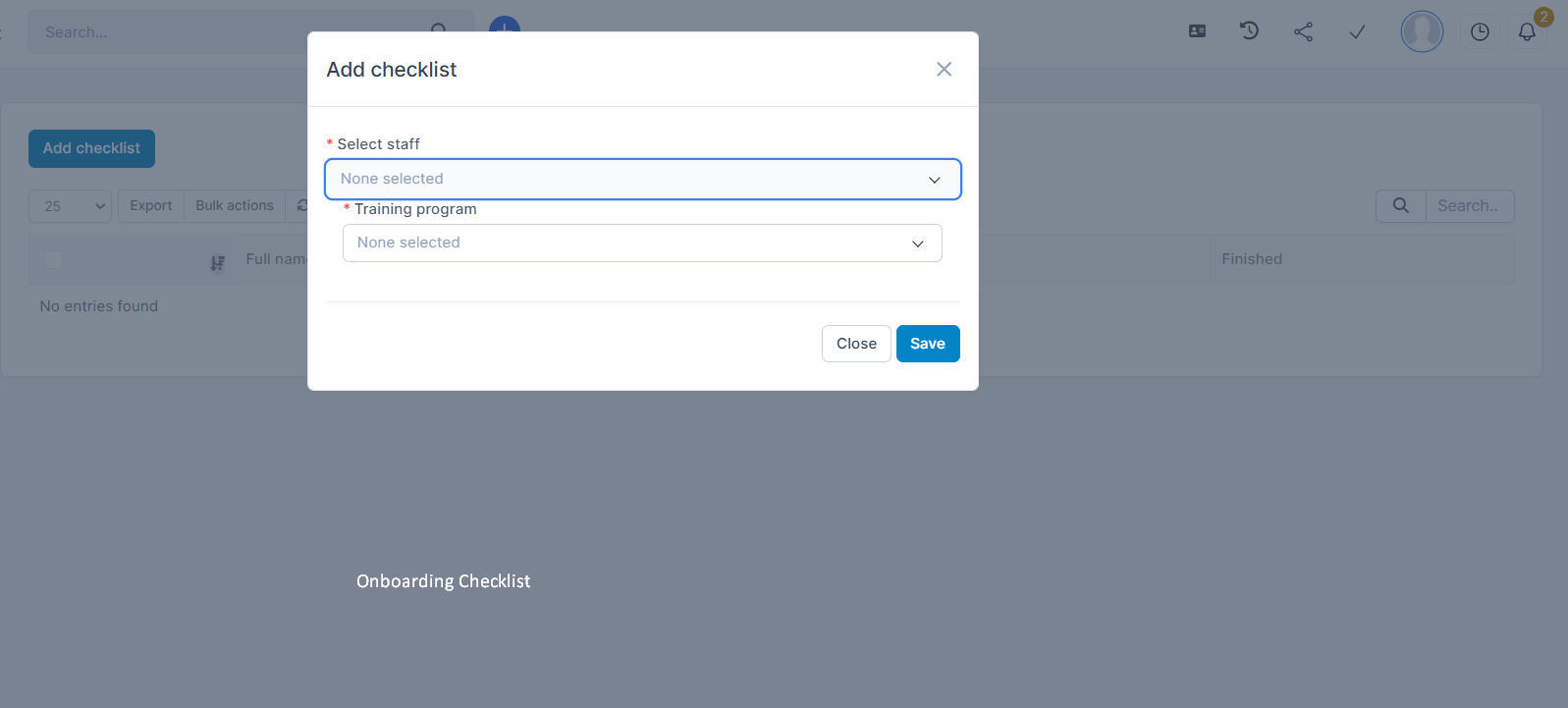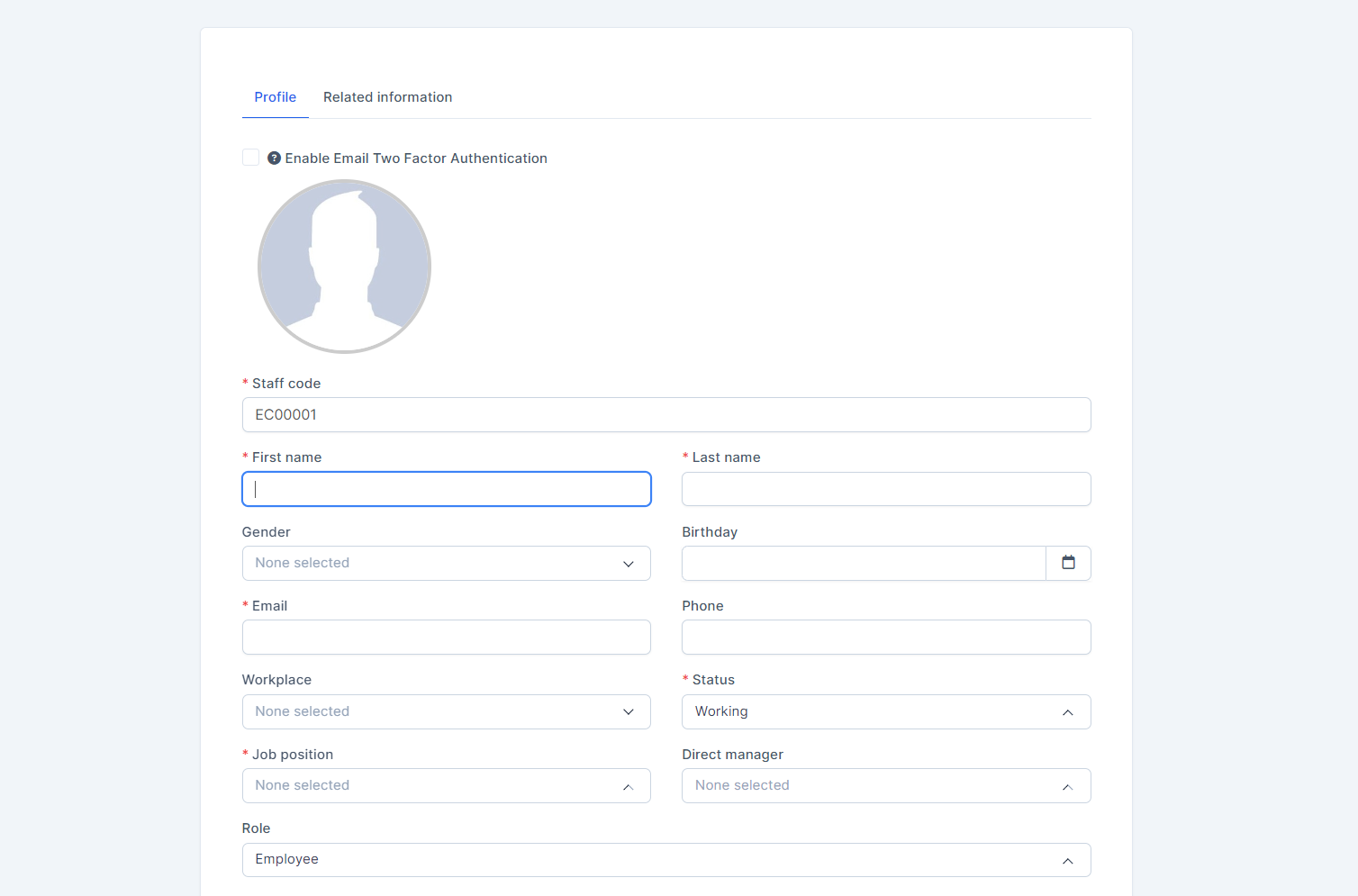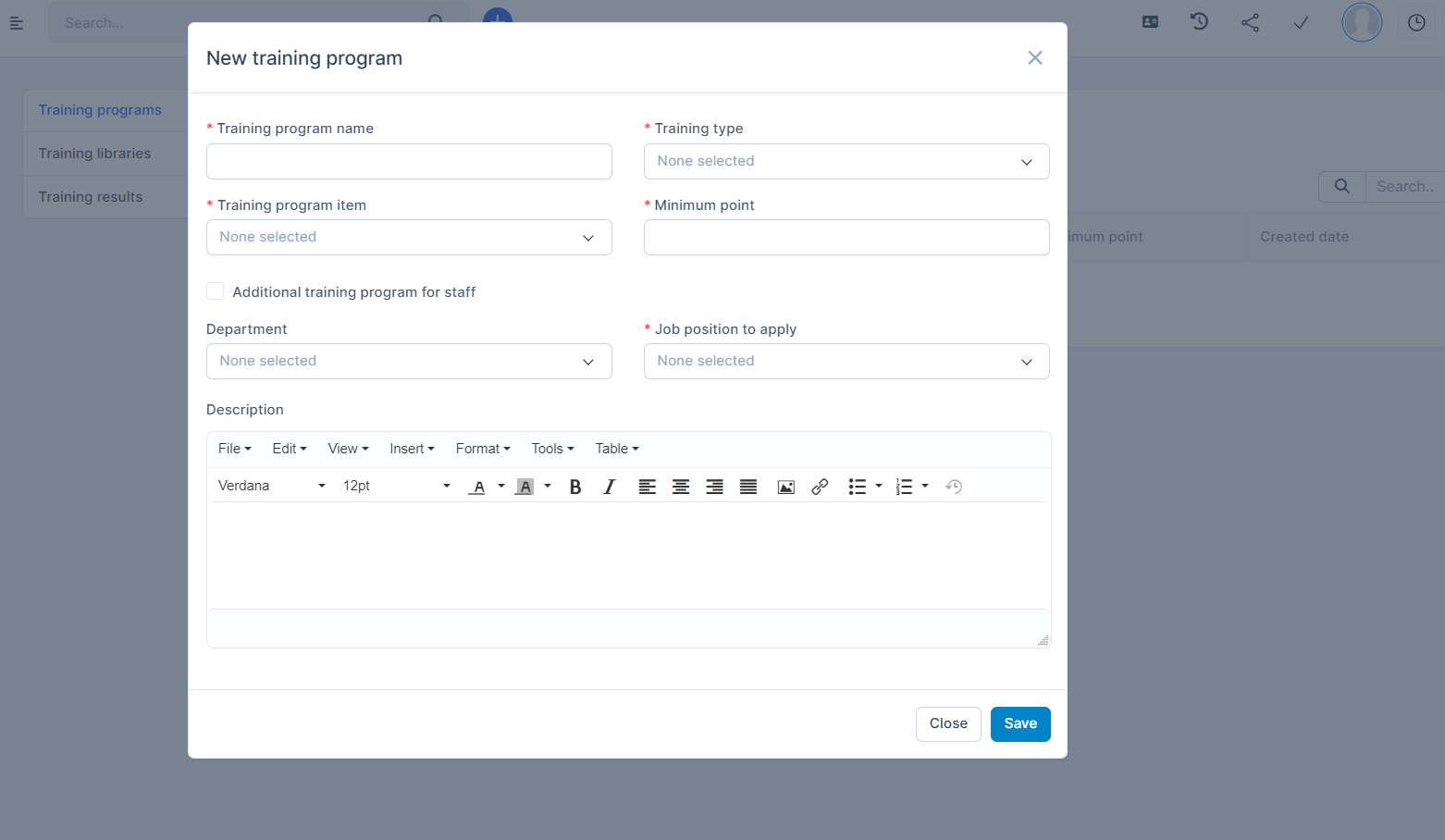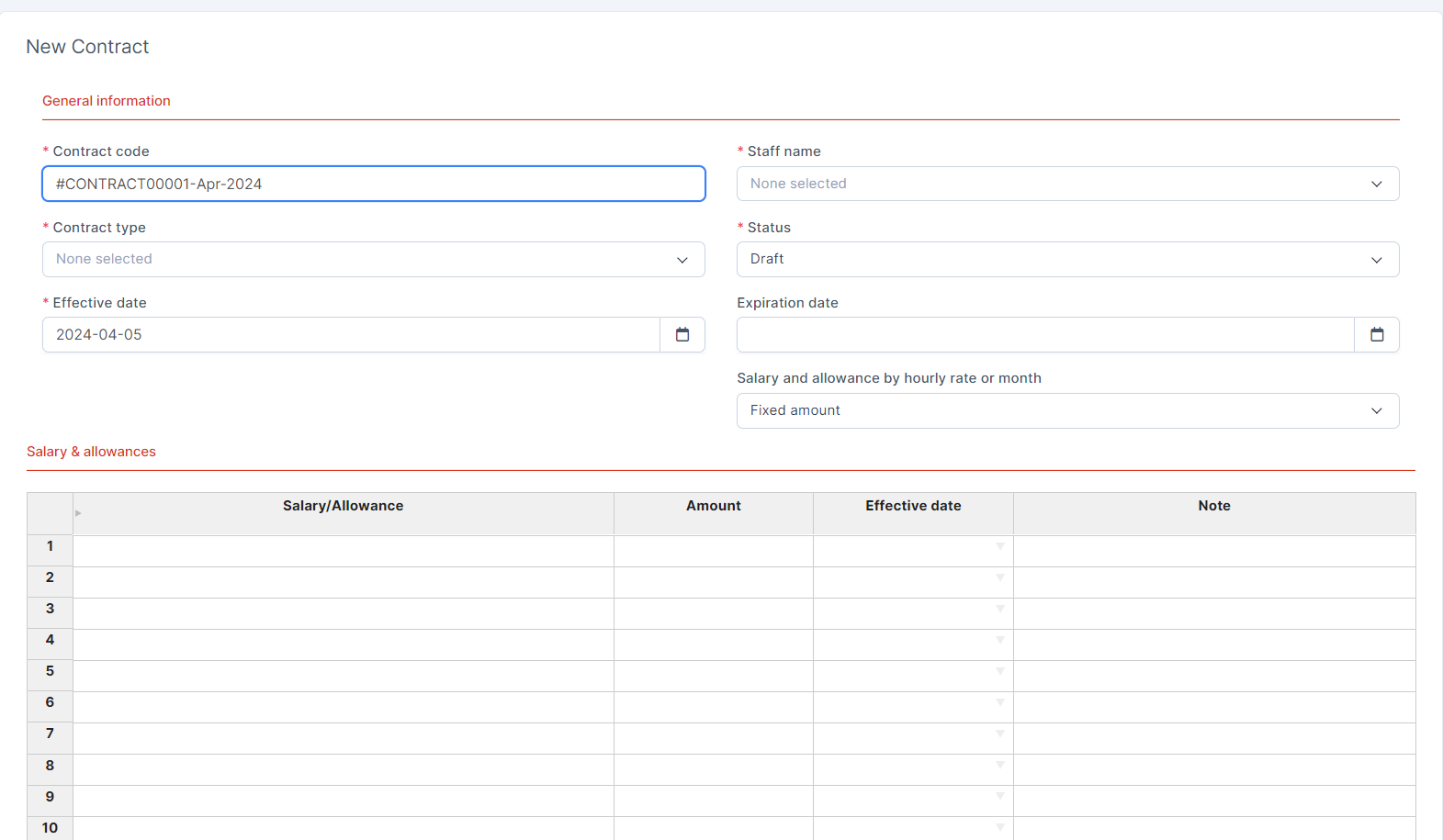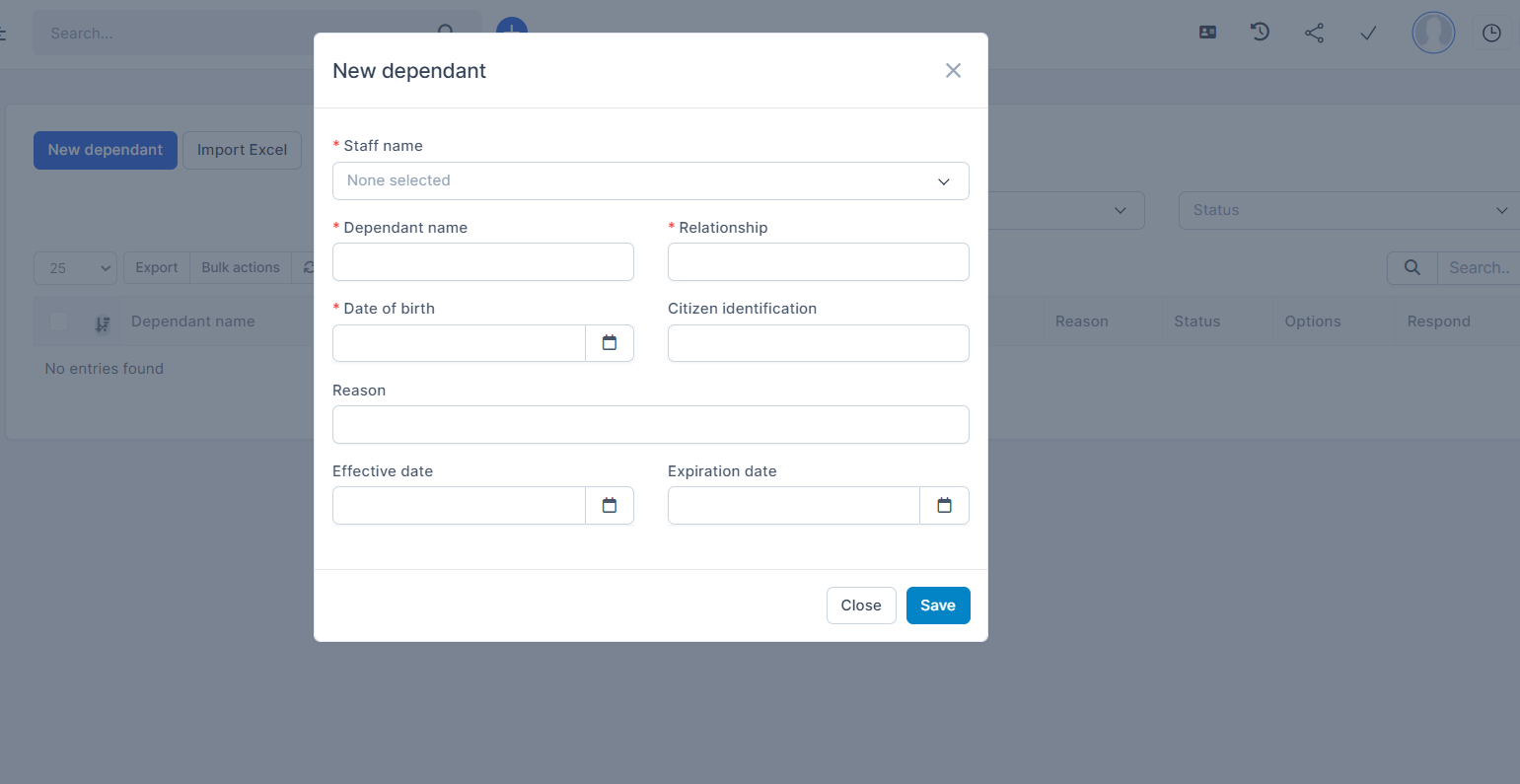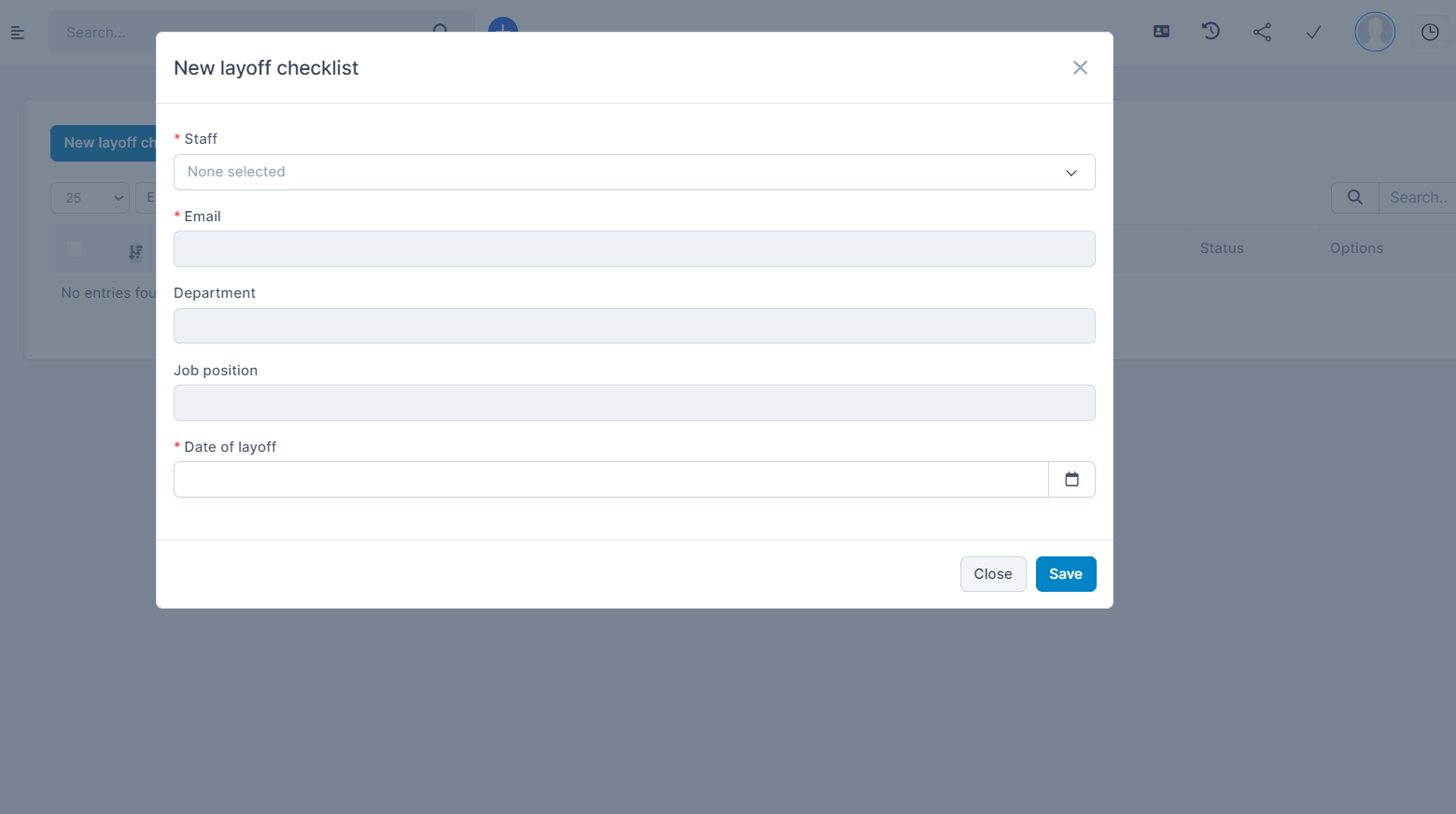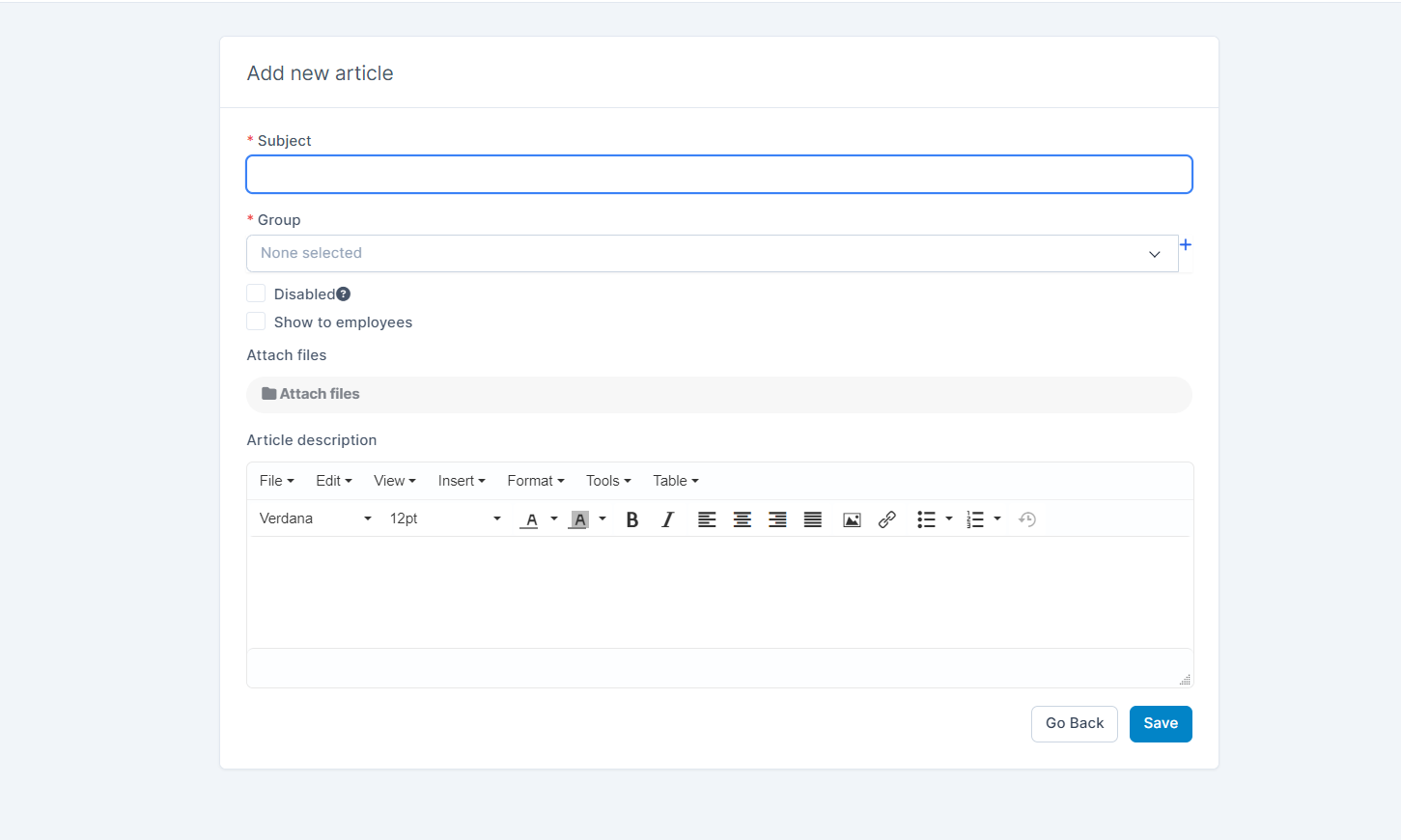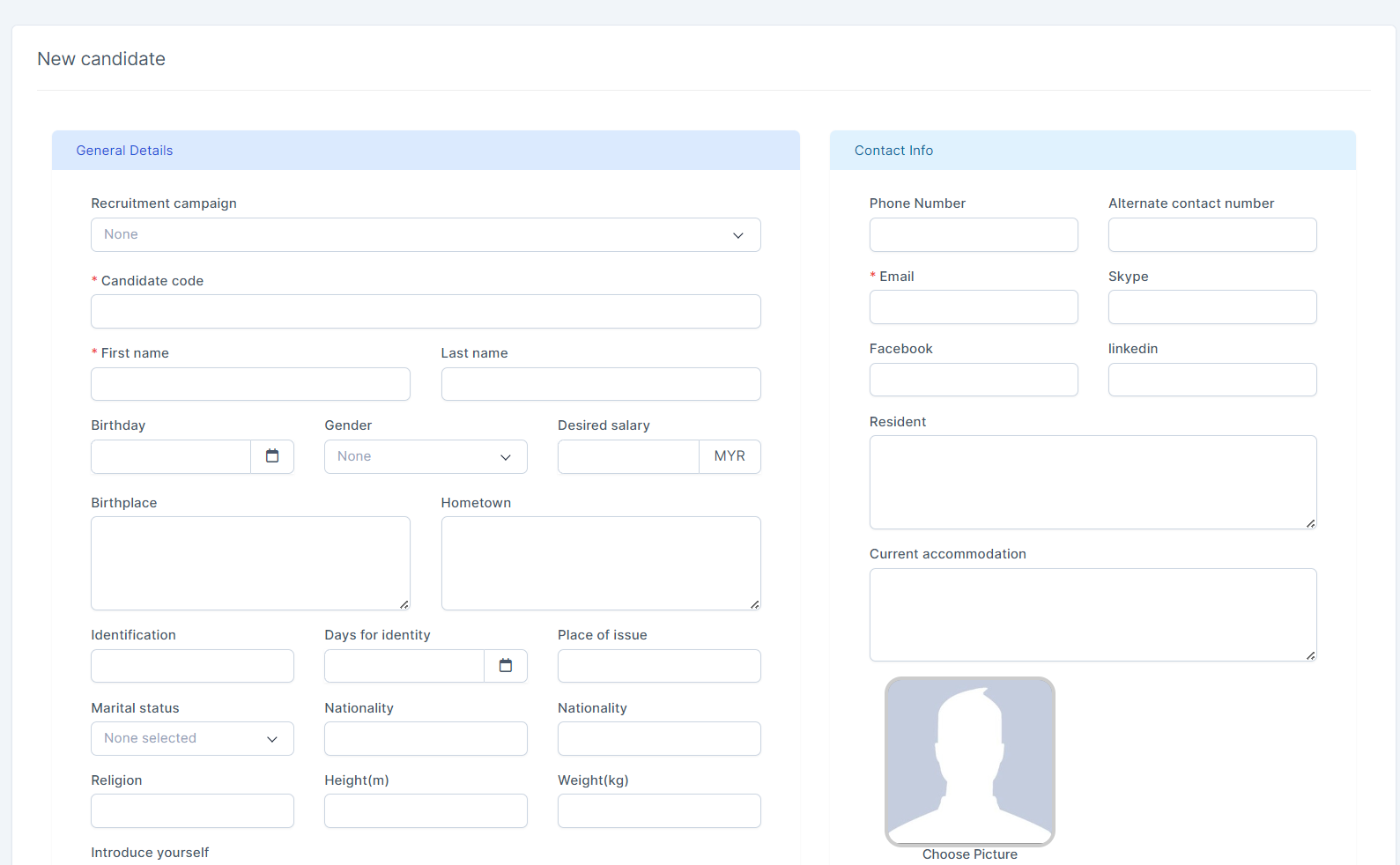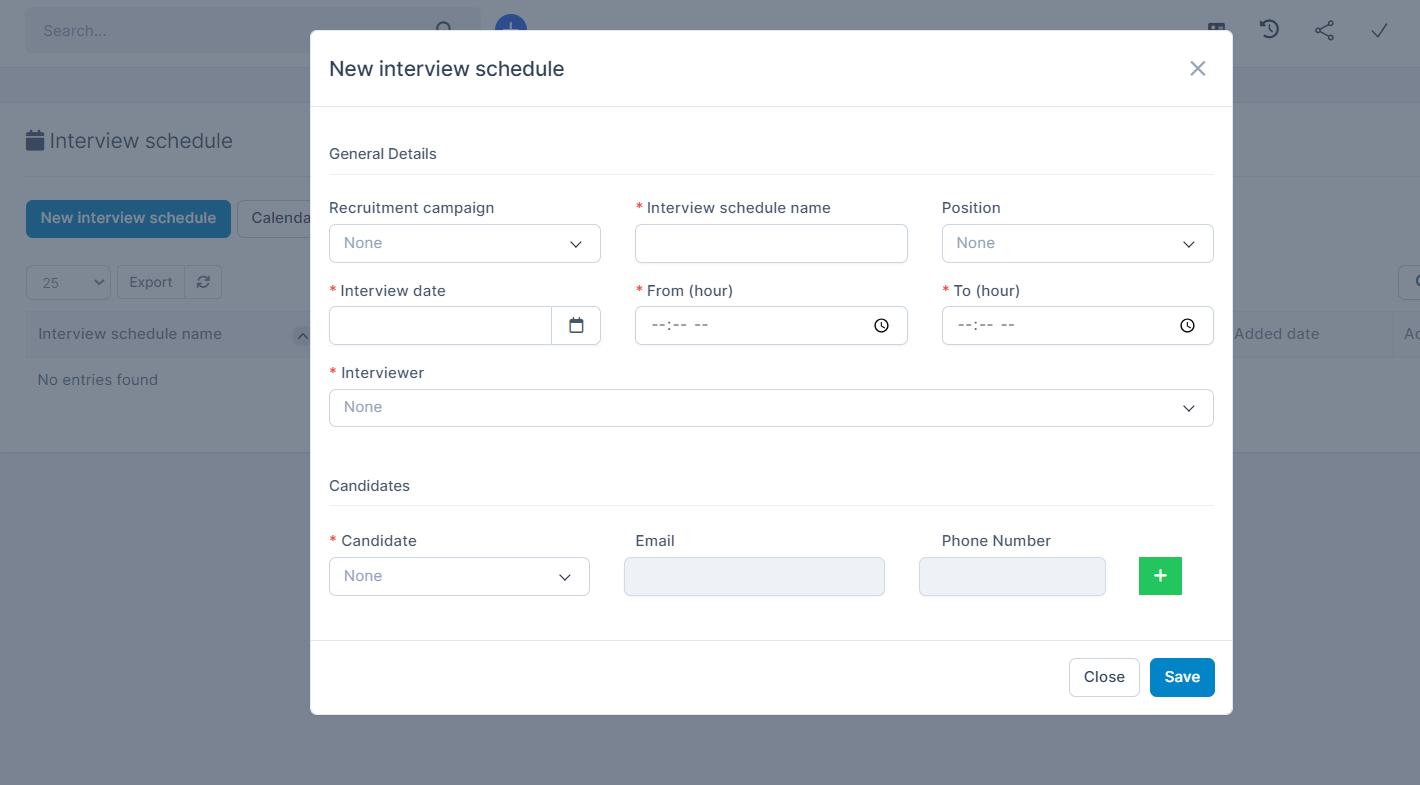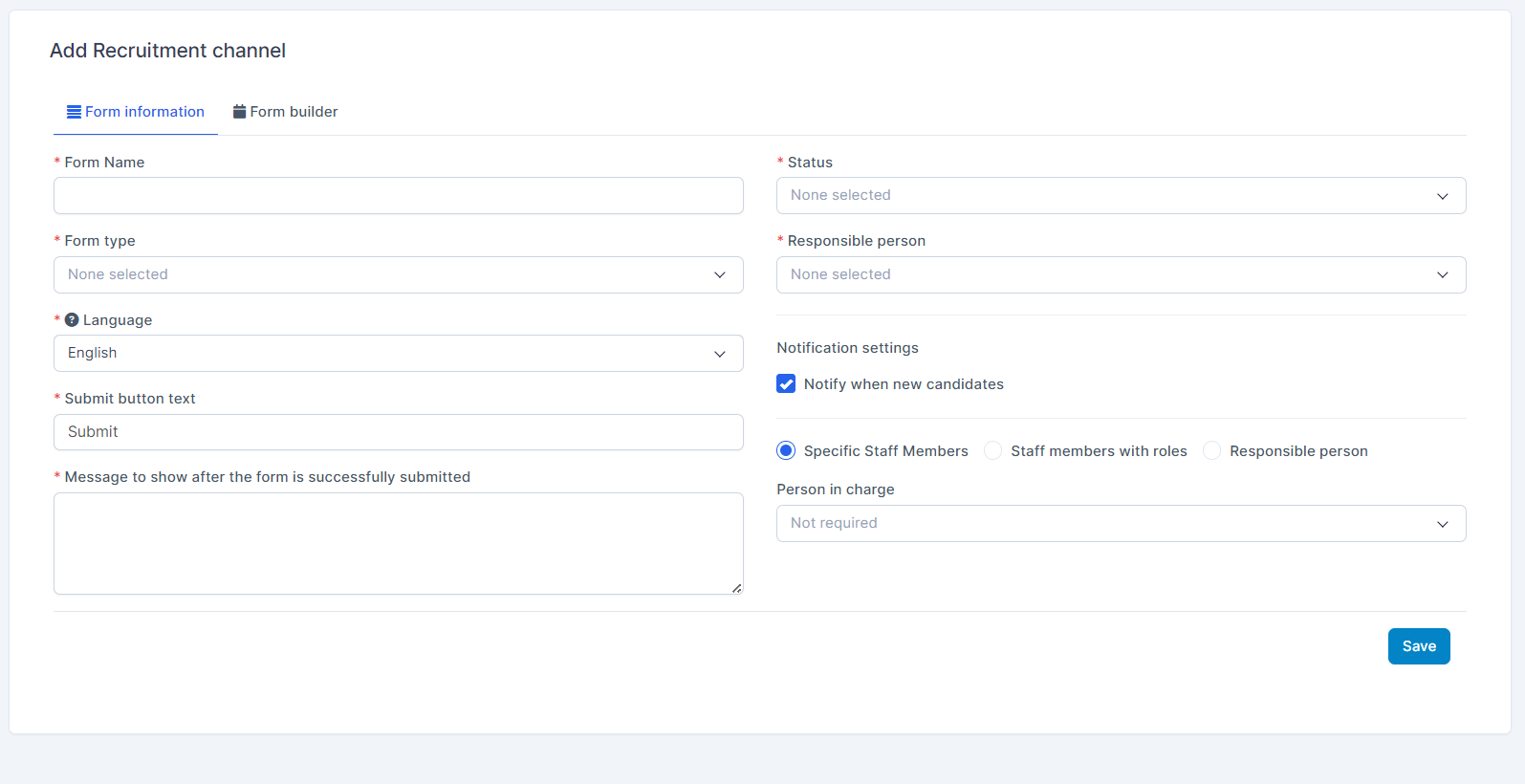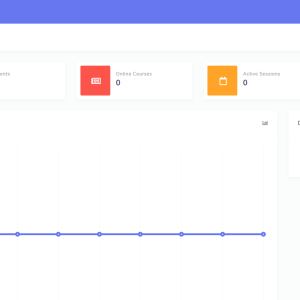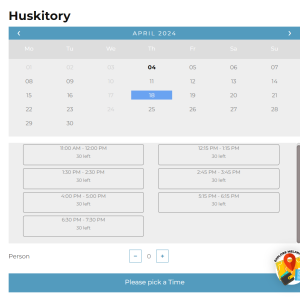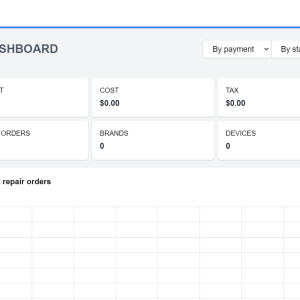Human Resource Management System
RM18,400.00
A Human Resource Management System (HRMS) is a centralized platform designed to streamline and automate various HR processes within an organization. It encompasses a range of functionalities to manage employee data, recruitment, payroll, benefits administration, performance evaluations, and more.
*One-off Pricing (Installation on your hosting server by our team)
*Annual Maintenance Fee (For updates, any bugs caused by original code (excluding those customization & integration))
*Lead Time: Within 30 Business Day
*Price does not include hosting fees and physical training fees
*Customization and integration with the existing system are not included
29 in stock
A Human Resource Management System (HRMS) is a centralized platform designed to streamline and automate various HR processes within an organization. It encompasses a range of functionalities to manage employee data, recruitment, payroll, benefits administration, performance evaluations, and more.
Features List:
- Employee Database Management: Maintain comprehensive employee records, including personal details, employment history, and performance evaluations.
- Recruitment and Applicant Tracking: Manage the entire recruitment process, from job postings and candidate applications to interviews and onboarding.
- Attendance and Leave Management: Track employee attendance, manage leave requests, and maintain accurate records of absences.
- Payroll Processing: Automate payroll calculations, deductions, and tax filings, ensuring accurate and timely compensation for employees.
- Benefits Administration: Administer employee benefits such as health insurance, retirement plans, and leave entitlements.
- Performance Management: Set goals, conduct performance evaluations, and provide feedback to employees to foster professional development and growth.
- Training and Development: Identify training needs, schedule training sessions, and track employee participation and progress.
- Compliance and Legal Requirements: Ensure compliance with labor laws, regulations, and industry standards, and maintain documentation for audits and reporting.
- Self-Service Portals: Provide employees with self-service portals to access and update their personal information, submit leave requests, and view pay stubs.
- Reporting and Analytics: Generate reports and analytics on various HR metrics, including employee turnover, performance ratings, and training effectiveness.
- Document Management: Store and manage HR-related documents, such as contracts, policies, and performance reviews, securely and centrally.
- Integration Capabilities: Integrate with other systems and tools, such as accounting software, time and attendance systems, and enterprise resource planning (ERP) systems, for seamless data exchange and workflow automation. *Optional with additional Module
- Mobile Accessibility: Access HRMS functionalities on-the-go via mobile devices, enabling remote work and flexibility.
- Security and Data Privacy: Implement security measures and data privacy protocols to safeguard sensitive employee information and comply with data protection regulations.

